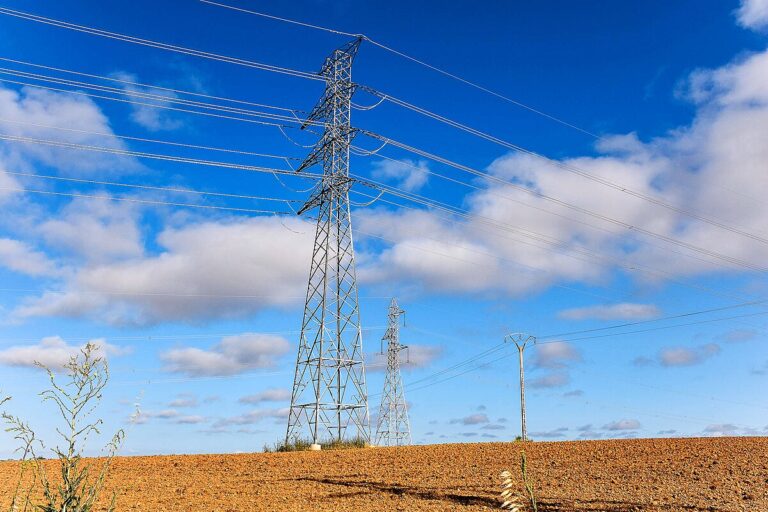Researchers from Canada’s Western University reviewed eighteen case studies in thirteen US states and found an economic case for disconnecting from the grid in some areas with high solar radiation and high electricity rates. They say economic networks and utility death spirals are becoming salient issues in the US.
People living in solar-heavy locations in the United States could be better off financially cutting ties with the grid and generating electricity using hybrid systems based on solar energy, batteries and generators, according to new research.
The research paper “The threat of the disappearance of the US economic grid with hybrid solar photovoltaic systems, batteries and generators”, available in the November issue of Solar energy, says a shift away from net metering, coupled with higher electricity costs and reductions in both PV and battery costs, has caused the economic grid to disappear and utility spirals to become glaring problems in the US.
The researchers from Canada’s Western University Department of Electrical and Computer Engineering used eighteen case studies across thirteen US states and several irradiation zones to assess the profitability of grid outages using hybrid PV-diesel generator-battery systems.
They found that going off the grid is already economically beneficial in some solar-rich locations with high electricity rates. The results suggest that Honolulu and Kauai in Hawaii and San Diego and San Francisco in California, locations with high solar radiation and high energy rates, are examples where there is an economic case for disconnecting from the grid.
The article gives the example of a 12.32 kW off-grid PV system integrated with a 2.5 kW diesel generator, a 31 kWh battery and a 3.71 kW inverter in Honolulu, with a 33% lower life cycle cost compared to staying on the grid. It adds that this system would result in more than $120,000 in avoided costs, after an initial cost of approximately $34,000. An example from San Diego using a hybrid off-grid PV system would ensure a return on initial investment after six years. Massachusetts, Connecticut and New Hampshire are cited as other favorable states for leaving the grid.
However, the article also reiterates that in most of the US, it is not yet economically beneficial to factor in grid losses due to low electricity rates. Case studies in Sacramento, New Orleans, Seattle, Rutland, Bismarck, Lincoln, El Paso and Anchorage all concluded that implementing an off-grid system would be expensive, with lifetime costs ranging from $57,970 in Sacramento to $108,663 in New Orleans and $103,778 in Anchorage.
The research paper adds that hybrid PV battery systems with approximately 25% diesel generation can make grid outages economically possible in cases where electricity rates are high and there are reasonable solar energy sources. “These results indicate that regulators should carefully consider that massive economic network outages are a near-term possibility,” the paper said.
Joshua Pearce, one of the paper’s researchers, said in a discussion on Western University’s website that the analysis uses data from a year ago, which has since reduced battery costs even further, increasing the return on investment. “Locations that were previously on the edge of economic viability now represent clear opportunities for leaving the grid,” Pearce added.
Pearce explained that this raises concerns about potential death spirals for utilities, where customers leave the grid to save money, leaving those who remain faced with higher electricity costs, further encouraging them to leave until the utility is bankrupt.
“If regulators want to prevent electric utility death spirals, they should consider designing rate structures to encourage solar power producers with backup generators to stay on the grid to avoid massive grid failures,” the research paper concludes.
This content is copyrighted and may not be reused. If you would like to collaborate with us and reuse some of our content, please contact: editors@pv-magazine.com.


